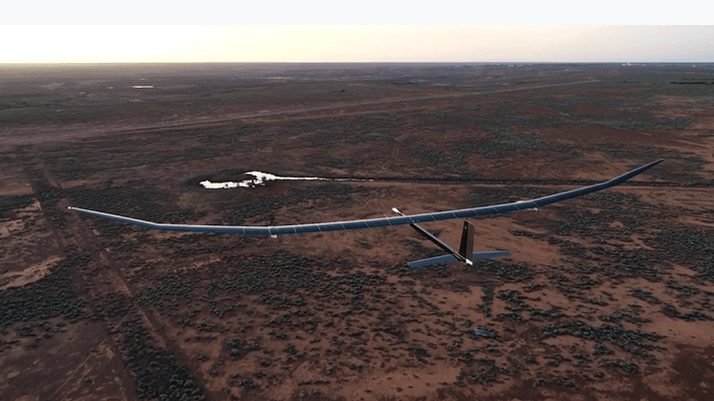
Latest flight trials take the British-built PHASA-35 High Altitude Pseudo Satellite (HAPS) a step closer to operations in the stratosphere.
A British-led team of engineers has taken a leap forward in the race to harness the stratosphere for earth observation and communications, completing a new series of test flights of BAE Systems’ High Altitude Pseudo Satellite (HAPS) Uncrewed Aerial System (UAS), PHASA-35®, in quick succession.
During the first flight at Spaceport America® in New Mexico, US, in recent weeks, the solar powered aircraft flew for 24 hours climbing to more than 66,000 feet and cruising in the stratosphere, before successfully landing in a serviceable condition, meaning it was ready to fly again just two days later.
This is a major milestone in the development of PHASA-35, named after its 35 metre wingspan, demonstrating its ability to be launched, flown, landed, potentially reconfigured and then relaunched again so quickly.
Designed by BAE Systems’ subsidiary Prismatic Ltd to operate above the weather and conventional air traffic, PHASA-35, has the potential to provide a persistent and stable platform for uses including ultra-long endurance intelligence, surveillance and reconnaissance.
These latest flight trials are a significant step forward in proving PHASA-35’s capability for operations, and a real moment of pride for our entire team. We’re committed to continuing to develop PHASA-35 at pace to make it available for operational activity as soon as 2026.Bob Davidson, Chief Executive Officer, BAE Systems’ Prismatic
The latest trials also saw the aircraft carry an active intelligence, surveillance & reconnaissance sensor, known as a software defined radio, developed by BAE Systems’ Digital Intelligence business. This weighed more than twice as much as the previous payload it had flown to the stratosphere with.
At Prismatic’s site in Alton, Hampshire, UK the PHASA-35 team has now built the next iteration of PHASA-35. The new model has more than twice the onboard solar power generation and storage capacity than the current version. These modifications are expected to allow it to demonstrate stratospheric missions of increasing duration and complexity from next year onwards.
Prismatic sits within FalconWorks®, the advanced research and development arm of BAE Systems’ Air Sector.
These latest trials draw on a huge amount of collaboration between Prismatic, the wider BAE Systems business and industry partners, including Honeywell and the UK Met Office. They demonstrate the credibility and capability of the system for operational use.Dave Holmes, Managing Director, FalconWorks at BAE Systems
The PHASA-35 team will now use data from these most recent trials to further improve and mature this novel technology.
Related
Discover more from sUAS News
Subscribe to get the latest posts sent to your email.

